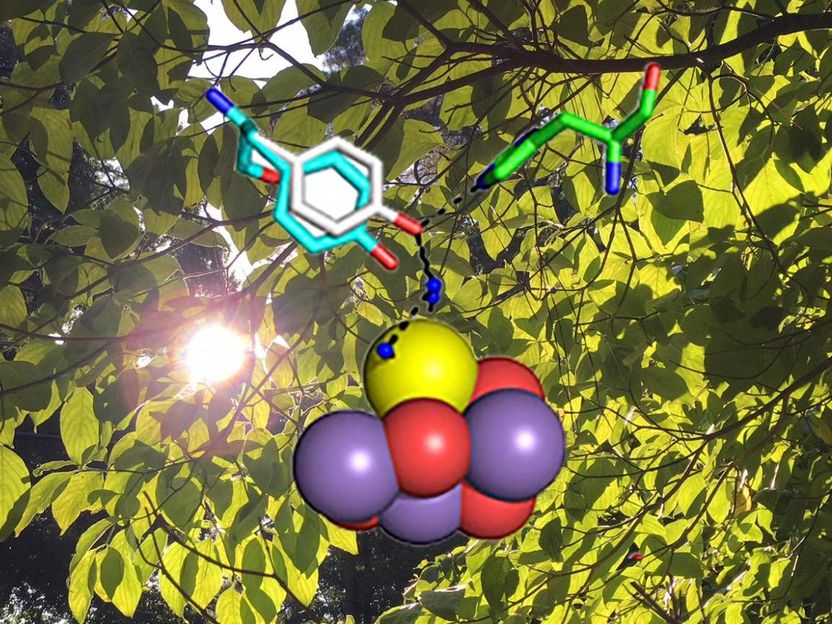New cost-effective instrument measures molecular dynamics on a picosecond timescale
Studying the photochemistry, or chemical results of light, has shown that ultraviolet radiation can set off harmful chemical reactions in the human body and, alternatively, can provide "photo-protection" by dispersing extra energy. To better understand the dynamics of these photochemical processes, a group of scientists irradiated the RNA base uracil with ultraviolet light and documented its behavior on a picosecond timescale.
In the Journal of Chemical Physics, the authors describe their work using a new instrument that combines a thermal desorption source with "ultrafast" femtosecond pulses and mass spectrometry detection. The experiment involved exciting uracil molecules and then ionizing them, using a pump-probe technique that shows the molecules' excitation and relaxation response.
"Ultimately, can we tune the dynamics in molecules such that we can maybe drive things toward a preferred photochemical outcome?" said Dave Townsend, an author on the paper. "Some motions are going to be active in driving the dynamics and helping with energy dissipation. Others will just be passive. If you can learn more about that [molecular dynamics], you can start to understand and develop a set of rules for molecular behavior."
Uracil is one of the essential building blocks of RNA. Understanding its energy-dissipating abilities affords insights into mechanistic principles that could one day inform better medicines and optimize photo-dynamic therapies.
"We've shown that you can get good results from a system combining mass spectrometry and thermal desorption, and that, importantly, this enables you to expand the range of molecules to which you can apply cutting-edge spectroscopic methods -- bigger, heavier and very nonvolatile systems that are not easy to put into a gas phase," Townsend said.
The researchers also looked for a uracil fragment that is theoretically predicted to be associated with a ring-opening mechanism. The fragment was not revealed during the short time of their investigation, indicating that it might form on longer timescales. Comparing their results with the existing body of work on uracil provided useful benchmarking for their new instrument and showed that thermal desorption can produce results similar to more conventional molecular beam methods.
"We've got a nice demonstration of using this thermal desorption source, and we've shown that for relatively minimal expense, you can set this up and do these kinds of interesting experiments," Townsend said.
Original publication
Omair Ghafur, Stuart W. Crane, Michal Ryszka, Jana Bockova, Andre Rebelo, Lisa Saalbach, Simone De Camillis, Jason B. Greenwood, Samuel Eden and Dave Townsend; "Ultraviolet relaxation dynamics in uracil: Time-resolved photoion yield studies using a laser-based thermal desorption source," Journal of Chemical Physics 2018.
Other news from the department science
Most read news
More news from our other portals
See the theme worlds for related content
Topic World Mass Spectrometry
Mass spectrometry enables us to detect and identify molecules and reveal their structure. Whether in chemistry, biochemistry or forensics - mass spectrometry opens up unexpected insights into the composition of our world. Immerse yourself in the fascinating world of mass spectrometry!

Topic World Mass Spectrometry
Mass spectrometry enables us to detect and identify molecules and reveal their structure. Whether in chemistry, biochemistry or forensics - mass spectrometry opens up unexpected insights into the composition of our world. Immerse yourself in the fascinating world of mass spectrometry!























































